Since we open sourced Semaphore with the Community Edition, I wanted to make a detailed comparison with Jenkins, the most popular and well-known open-source CI platform – by far. In this post, I’ll break down the differences in licensing, hardware requirements, installation, access control, redundancy, features, scalability, performance, and maintenance.
By the end, you’ll have a clear understanding of the strengths and weaknesses of each platform, helping you decide which one aligns best with your project needs.
Comparison Categories
Before starting, let’s break down the categories we’re going to use in this comparison.
| Feature | Jenkins | Semaphore CE |
|---|---|---|
| License | MIT | Apache-2.0 |
| Hardware Requirements | 4 GB RAM, 1 CPU | 16 GB RAM, 8 CPUs |
| Installation | Docker or standalone service | Kubernetes and Helm |
| Access Control | Plugin-based | Built-in RBAC |
| Redundancy | Active-Passive Setup | Kubernetes-native |
| Monorepo Support | Only via plugins | Natively suported |
| Test Reporting | Built-in | Built-in Dashboard |
| Notifications | Plugins required | Built-in Webhooks |
| Scalability | via Worker Nodes | Kubernetes native scalability and self-hosted agents |
| Parallelization | Must be specifically configured | Default |
| Maintenance | High (Plugin-Dependent) | Low (Minimal Setup) |
License Comparison
Jenkins is licensed under the MIT License, making it highly permissive for modification and redistribution.
Semaphore CE, on the other hand, is licensed under Apache-2.0, a similarly permissive license that also includes protections against patent litigation.
| Aspect | MIT License | Apache-2.0 License |
|---|---|---|
| Permissions | Permissive, allows modification and redistribution | Permissive, allows modification and redistribution |
| Conditions | Requires inclusion of the original license | Requires inclusion of the original license, NOTICE file, and state of modifications |
| Limitations | No liability or warranty | No liability or warranty |
| Patent Protection | No patent protection | Includes explicit patent protection |
| Sublicensing | Allowed | Allowed |
| Attribution | Required | Required |
Scalability and Performance
Semaphore CE was designed as a cloud-native platform, leveraging Kubernetes and self-hosted agents for distributed workloads.
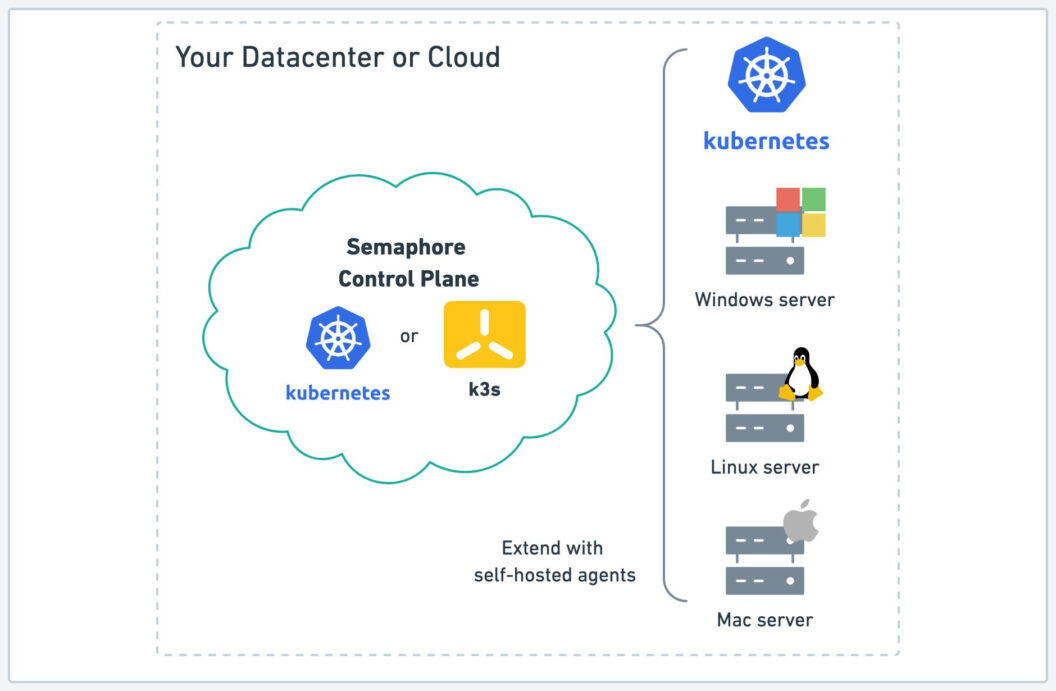
Jenkins scales using additional nodes, but requires more manual setup and maintenance.
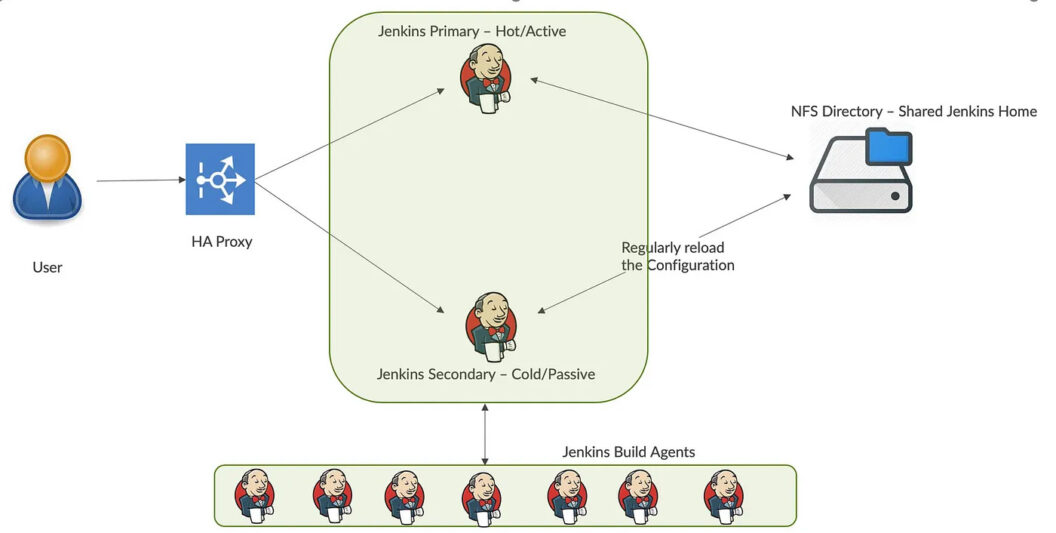
Semaphore CE’s autoscaler further simplifies scaling for large workloads on demand when using AWS for compute.
Parallelization
Jenkins supports parallelization using the parallel keyword in its Jenkinsfile, but all jobs run in the same environment, potentially causing race conditions.


Semaphore CE runs each job in a separate Docker container (or VM) by default, enabling easier and more reliable parallel execution.

Hardware Requirements
Jenkins has relatively modest hardware requirements, recommending at least 4 GB of RAM and 1 CPU, with scaling recommendations based on job count and agent connections (1 CPU per 100 jobs).
Semaphore CE, designed to run on Kubernetes, has higher minimum requirements with at least 16 GB RAM and 8 CPUs for the control plane, making it more resource-intensive but also more powerful in terms of handling larger workloads.
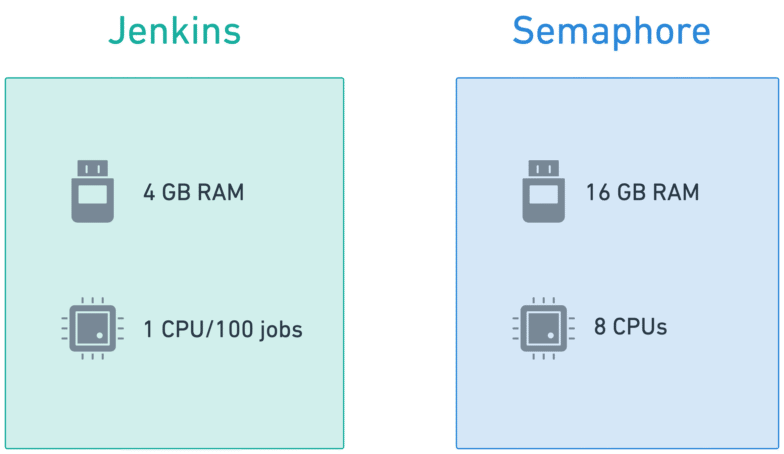
Installation
Jenkins can run fully inside a firewall and can be deployed using Docker, a standalone package, and run as a service.
In contrast, Semaphore CE has more requirements:
- a public IP address
- a domain
- a TLS certificate
This makes Semaphore’s setup slightly more involved but also more secure and modern in architecture.
Access Control
Jenkins requires plugins for role-based access control, making it more customizable but also more complex to set up. Most Jenkins installations use the matrix authorization strategy plugin for this purpose.
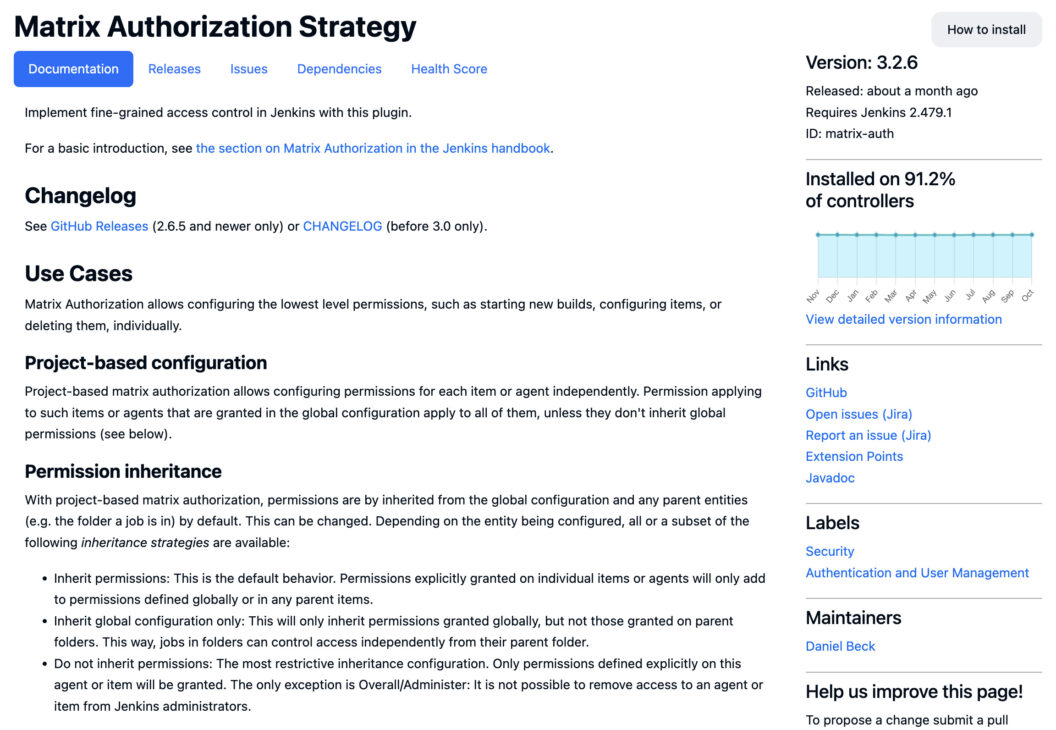
Semaphore CE provides built-in role-based access control, allowing for straightforward user and permission management without the need for additional plugins.

Redundancy
Redundancy in Jenkins is achieved using an active-passive strategy, where servers share a mount point, allowing one to take over if the other fails.
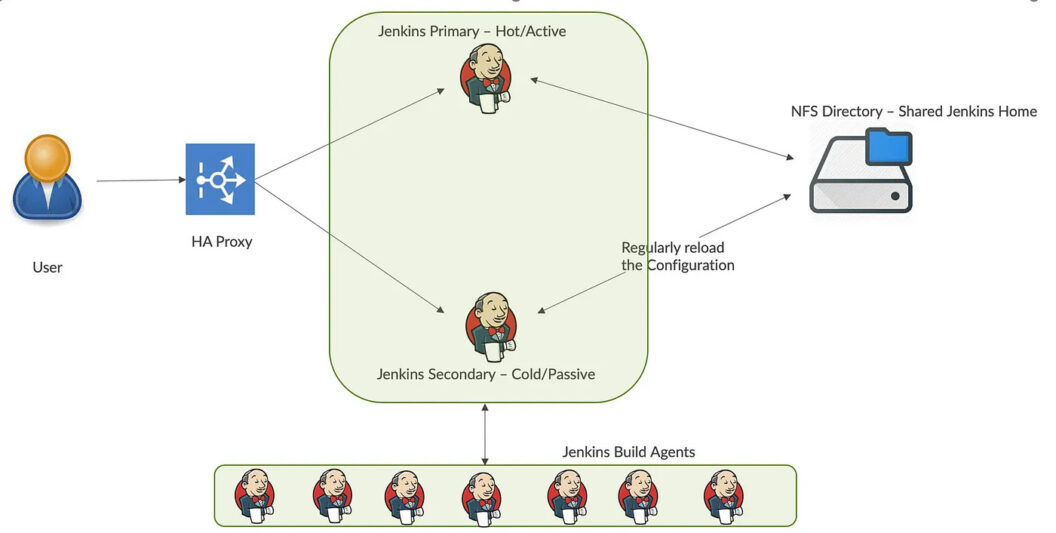
Semaphore CE leverages Kubernetes’ built-in redundancy, allowing for more robust failover and scaling capabilities.
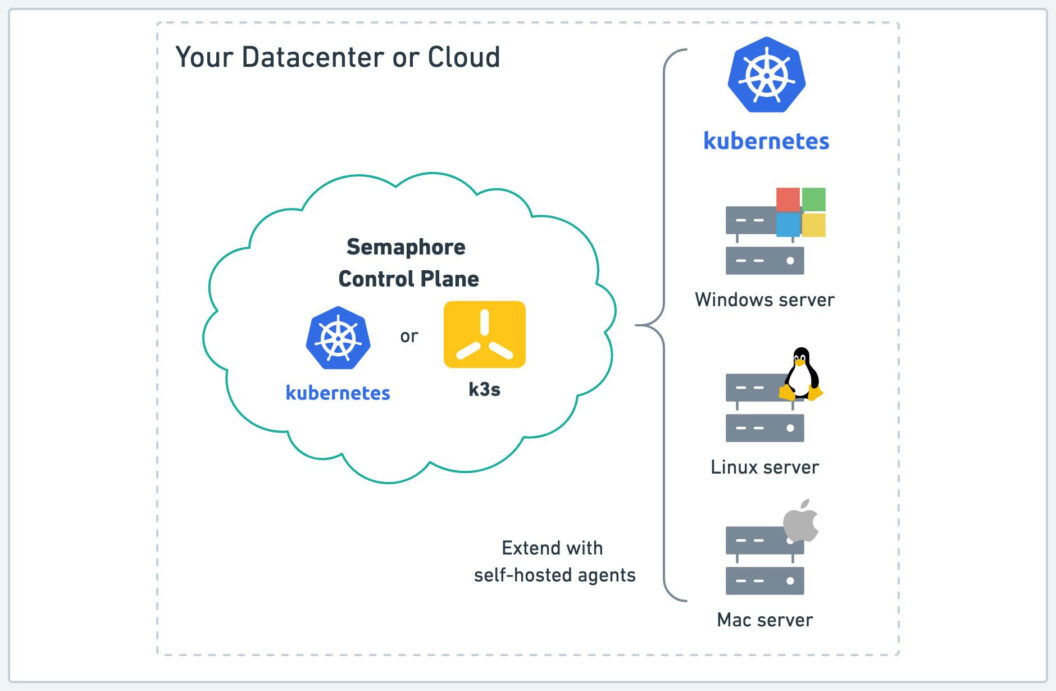
Features
Let’s break down some features that I think we can’t live without in any software project.
Monorepo Support
Jenkins can do monorepo if we configure multi-branch pipelines and use plugins, but setting this can be complex and feels brittle
Semaphore CE natively supports monorepos with the ‘change_in’ conditions, allowing for targeted job execution based on specific file changes, reducing unnecessary runs and optimizing resource usage.
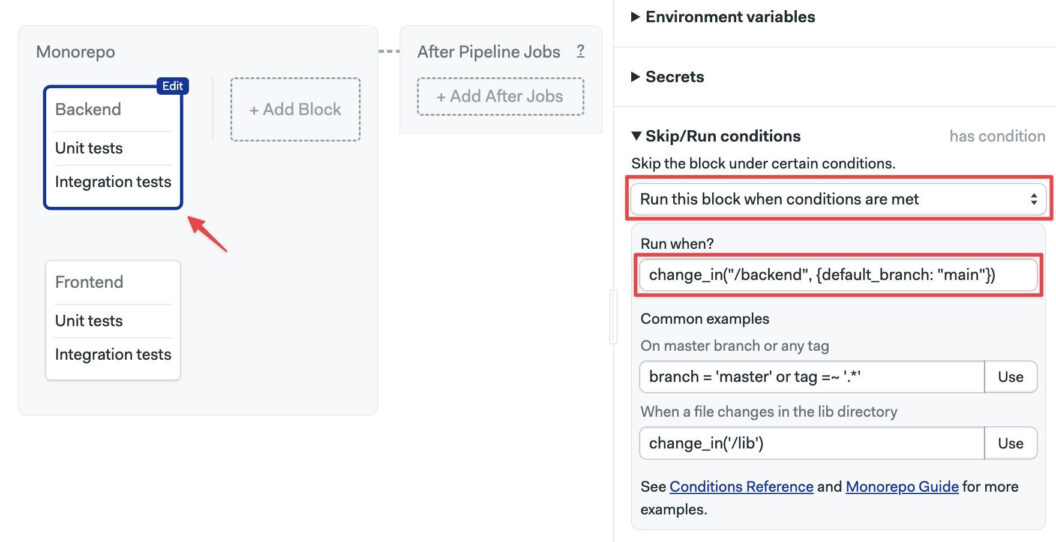
Test Reporting
Both platforms support JUnit-based reports. Jenkins shows a success/failure graph over time and offers per-workflow reports.
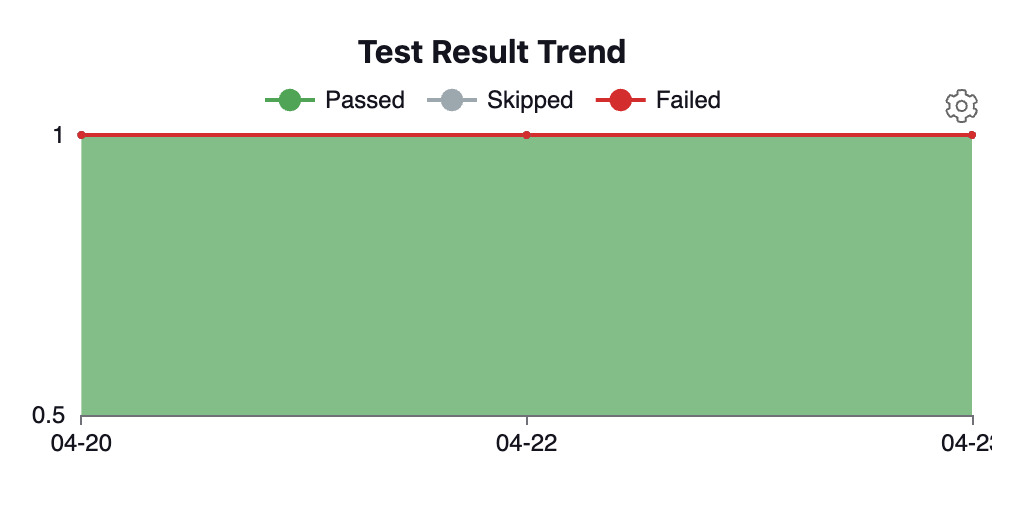
In the meantime, Semaphore CE offers a built-in test dashboard with categorization, filtering, and test history tracking, making it more user-friendly and less reliant on plugins.
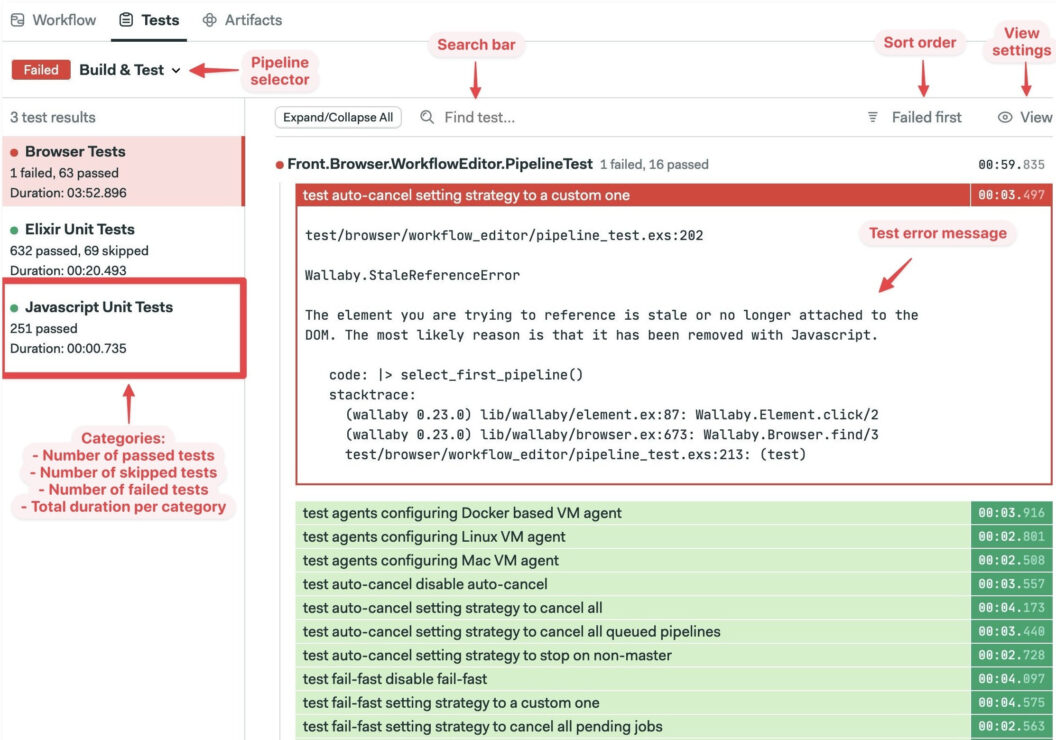
Notifications
Jenkins requires plugins to send notifications to external services like Slack or Discord.
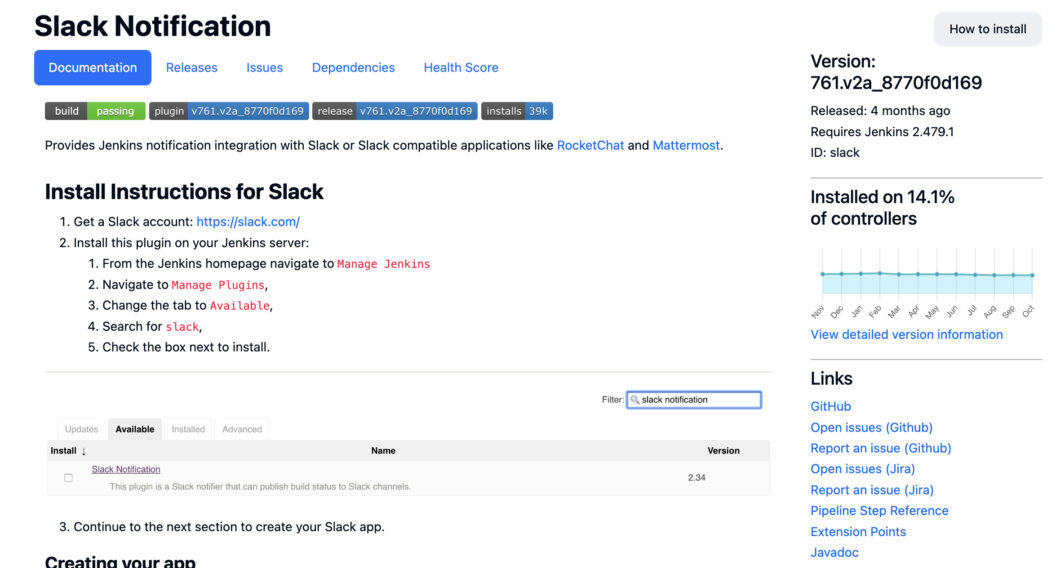
Semaphore CE includes built-in webhook support, enabling easier integration with popular communication tools without additional plugin installations.

Maintenance
Jenkins’ plugin ecosystem can become a maintenance burden, requiring regular updates and conflict resolution.

Semaphore CE, by contrast, does not rely on any plugins to work, focusing on out-of-the-box functionality that reduces maintenance overhead.
Conclusion
Choosing between Jenkins and Semaphore CE comes down to project size, team expertise, and infrastructure preferences. Jenkins offers greater flexibility and an extensive plugin ecosystem but demands more maintenance.
Semaphore CE provides a streamlined, Kubernetes-native experience, reducing setup time and operational complexity at the cost of higher hardware requirements.
Both platforms are open-source, so the best approach is to try both and evaluate based on specific project needs.
Thank you for reading, and happy building!
Want to discuss this article? Join our Discord.
